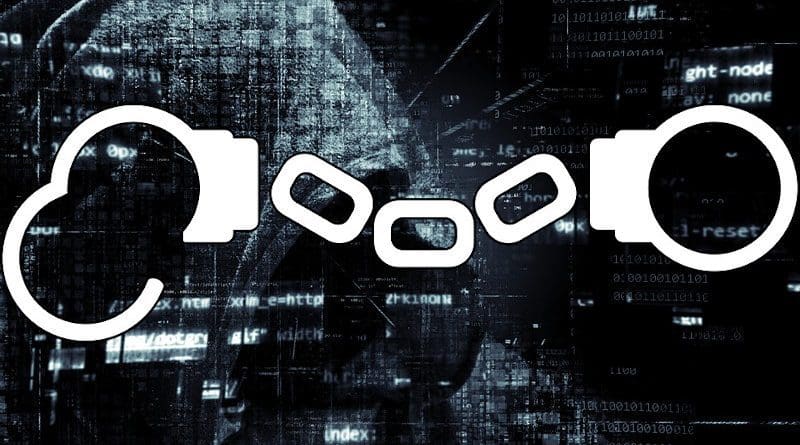Malware Threat Feeds On Escalating Narrative Warfare – Analysis
State-sponsored efforts to increase malware attacks and seek ransoms are again on the rise. This type of cybercrime is increasing as certain countries feel more economic woe and displacement from the West. Poorly performing economies, due to sanctions, ineptitude or both, are increasing the likelihood of malware attacks and aggressive coding by state-supported criminal actors as part of a wider spree designed to disrupt the ability to closely examine indicators.
Cybercriminals and hackers are launching new campaigns of aggression by surveilling who is on their webpages. A normal practice perhaps in some countries, but when weaponized it turns into a potential revenue stream. Several countries around the world are beginning to support such practices. As international criminal investigations close one case, they uncover a multitude of new hacks. It is an internet-wide phenomenon exacerbated by the clashing narratives emerging across the social media landscape that amplify events on the ground.
Research shows that malware apps are published every eight seconds, indicating that malware is growing at an alarming rate. Analysts argue that state-of-the-art malware detectors yield results that significantly depend on the evaluation dataset. Indeed, none of the studied approaches has been reported to reach the highest predicted performance on all the evaluation settings. This suggests that trusting a single approach toward protection in a real-world setting is unrealistic. To be sure, some families of malware are detected very accurately by state-of-the-art approaches, but other malware can almost completely escape the detection of some approaches.
Triangulation between malware platforms’ victims, law enforcement agencies and private companies seems to offer the best way forward, but the malware community is increasingly avoiding the necessary informational requirements. A two-pronged communications security strategy, which plugs into an ecosystem and creates the ability to ward off intrusions, is warranted. Unity of effort in an increasingly hostile malware environment means one of two actions: Either people need to band together in unique ways or they must get ready to throw away their smartphones and other devices on a near-constant basis, depending on the rate of security protection versus malware aggressiveness.
Not helping is the narrative warfare, which helps to produce an endless stream of arguments and counterarguments, sometimes based on fact and sometimes on plants by soapbox social warrior shouters. “Narrativists” do not understand the complexity of the malware evolution because they will simply go with an answer that deflects from the truth.
The requirement to find fact as opposed to a narrative is an important distinction. In fact, narrative warfare, when combined with evolving technology, makes malware outbreaks more frequent and more targeted. Just pursuing a news website can invite an intrusion simply through the identification of an IP address.
Over the course of the past decade, information warfare has become the norm. What does it have to do with malware? Too much. Facts are facts, begging for the term “factualists,” whereas narratives are part of information warfare. Factualism is a form of evaluation that emphasizes the usage of facts, falsifiability, logic and reason. Narrativists are those who rely on information and bend it to their own needs. These two concepts, one a science and the other a form of entertainment played out between actors, are attracting more criminal malware activity by hostile state and nonstate actors as a means to collect revenue. Now, the factualists’ ability to accurately assess a situation is seriously damaged.
To be sure, Western law enforcement is increasingly targeting the cybercriminals and interrupting their “connections.” But there is also growing frustration that information warfare is going over its limits, resulting in unscrupulous behavior warranting an escalation cycle as cybercriminals respond. The information warfare environment is creating the conditions for more malware activations, instead of reducing the threat. Malware threat reduction needs to be at the forefront of a scientific approach to the messy situation of narrative warfare.
Research shows that cognitive prejudices, the transformation of information systems, competing demands on the education system and polarization are all a result of the problems of narratives. So, while trying to be helpful, the narrativists are performing a dangerous disservice.
To be clear, narratives do have an important function in strategic communications. The ideas put forth are necessary in times of war and confrontation. But the narratives need to be vetted for inaccuracy and bias. Malware needs to be recognized as a new weapon that is attracted to these falsehoods. It is a vicious circle that is very difficult to break because of human behavior in times of pandemic and warfare.

